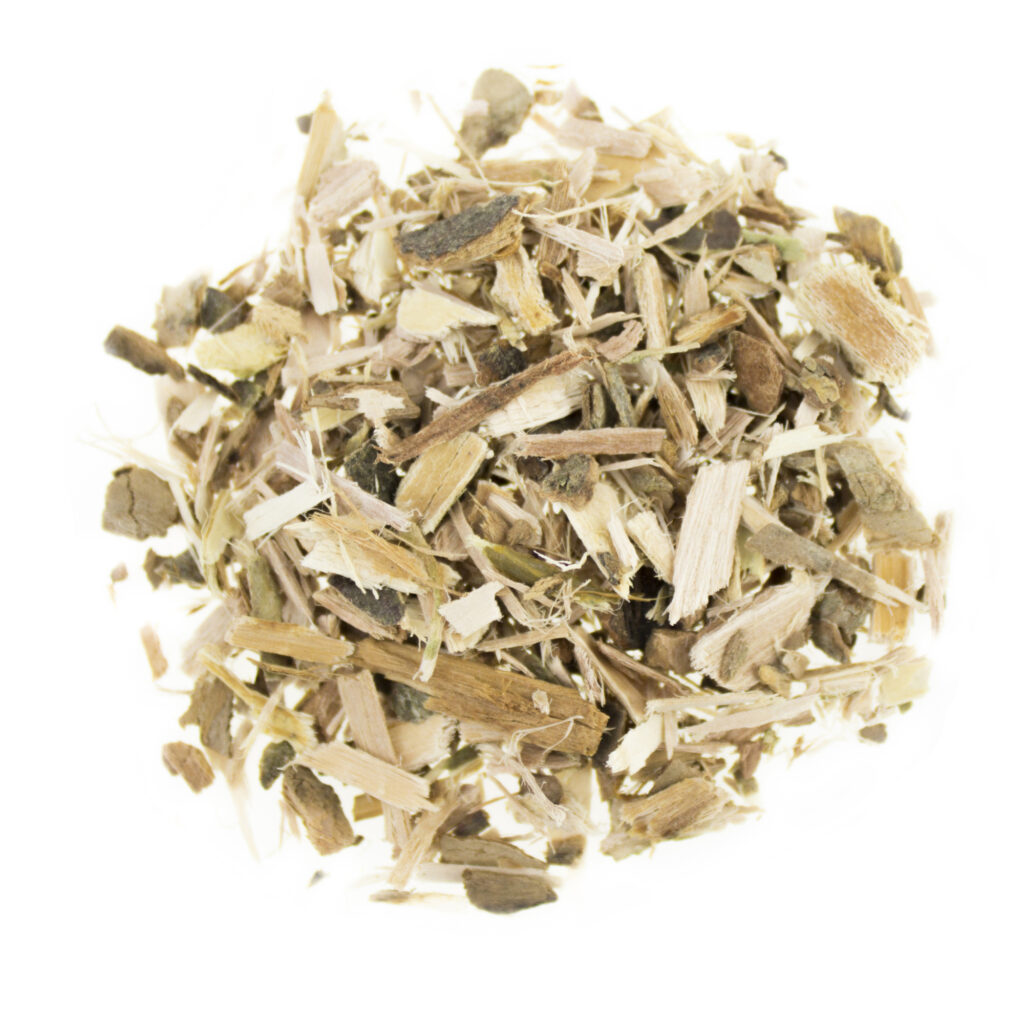Pain, fever and inflammation are everyday complaints that we are all familiar with. But instead of always reaching for the chemical club, there are also natural alternatives that can be found in nature. One of these alternatives is willow bark – an ancient remedy that has been used for centuries to relieve pain and inflammation. In this blog article, we would like to introduce you to the fascinating world of willow bark and show you how this natural remedy can help us with pain, fever and inflammation, among other things.
Willow bark: origin and history
Willow bark comes from various species of willows that belong to the genus Salix. These trees and shrubs are found all over the world, especially in temperate and cold climates. However, long before modern medicine discovered the beneficial active ingredients of willow bark, it was used as a remedy by various cultures around the world.
The use of willow bark as a natural painkiller and anti-inflammatory dates back to ancient times. As early as ancient Egypt, willow bark was used to relieve pain and fever. Similar uses are also known from Greek and Roman medicine. For example, the Greek physician Hippocrates, considered one of the most important physicians of antiquity, recommended willow bark to his patients as a painkiller and to reduce fever.
Willow bark was also used in traditional Chinese medicine and by the North American natives as a remedy for a wide variety of ailments. In Europe, willow bark has been used as a medicine since about the Middle Ages. Over the course of time, its healing properties have been further researched and its application optimized.
The discovery of the chemical compound salicin in the 19th century finally laid the foundation for modern pain therapy. In the following decades, salicin was used to develop acetylsalicylic acid, which is now known as the main active ingredient in aspirin. Thus, willow bark has made a significant contribution to the development of modern painkillers while preserving its importance as a natural remedy.
Ingredients and active substances of willow bark
The healing effect of willow bark is due to its diverse ingredients. The most important active ingredient is salicin. This is a so-called glycoside, which is converted into salicylic acid in the human body. Salicylic acid has analgesic, antipyretic and anti-inflammatory properties and thus has a similar effect to acetylsalicylic acid, the main active ingredient in aspirin. Although the salicylic acid contained in willow bark has a milder effect, it also has a decisive advantage: it is generally better tolerated than acetylsalicylic acid.
Acetylsalicylic acid, which can be derived from salicin, has a long history in medicine and was originally extracted from willow bark. The conversion of salicin to acetylsalicylic acid is a chemical process that was developed in the 1850s. This process led to the creation of aspirin, which today is one of the best known and most widely used pain relievers.

In addition to salicin, willow bark also contains other valuable ingredients such as flavonoids, triterpenes, and phenolic glycosides that also provide health benefits. Flavonoids, for example, have antioxidant activity and may have anti-inflammatory effects. Triterpenes have antimicrobial properties, while phenolic glycosides can help strengthen the immune system in general.
The combination of these various ingredients makes willow bark a versatile and effective natural remedy that can help with a wide range of ailments.
Use and dosage of willow bark
Willow bark can be used in various dosage forms to relieve pain, fever, or even inflammation. It is often taken as a tea or tincture, but capsules or tablets are also available. The exact dosage depends on the dosage form and the individual situation. Below we will give you some recommendations on the use and dosage of willow bark.
When using willow bark tea, the recommended dosage should usually be around 2 to 3 grams of dried willow bark per cup. The bark should be poured over with hot water and left to steep for about 10 to 15 minutes. For best results, we recommend drinking 2 to 4 cups of willow bark tea daily.
When using tinctures or extracts, dosage should be according to the manufacturer’s instructions. As a rule, the recommended dosage is about 20 to 30 drops of tincture or extract, which can be taken 2 to 3 times a day. It should always be taken with sufficient liquid to increase tolerance.
When taking capsules or tablets, the manufacturer’s instructions should also be followed. As a rule, the recommended dosage is about 400 to 800 milligrams of willow bark extract per day, divided into 2 to 3 individual doses. It should be taken with adequate fluids and, if possible, during or after a meal.
It is important to note that the effect of willow bark does not start immediately, but builds up slowly. Therefore, it may take several days before the full effect is felt. For acute symptoms, willow bark should be taken over several days for optimal effect.
Please note that the above recommendations are only guidelines and individual factors such as age, weight or health conditions must be taken into account.

Our conclusion
In conclusion, willow bark is a valuable medicinal plant that has been used in traditional medicine for centuries. Thanks to its analgesic, antipyretic and anti-inflammatory properties, it is a natural and well-tolerated alternative to synthetic painkillers such as aspirin. Its diverse ingredients, most notably salicin, contribute to its broad efficacy for a variety of ailments.
We hope that this article has given you a comprehensive insight into the wonderful properties of willow bark. If you would like to convince yourself of the healing power of willow bark, you will find high-quality willow bark products in organic quality in our online store. Take a look and discover the world of natural remedies that can support your well-being in a gentle way.






Leave A Comment